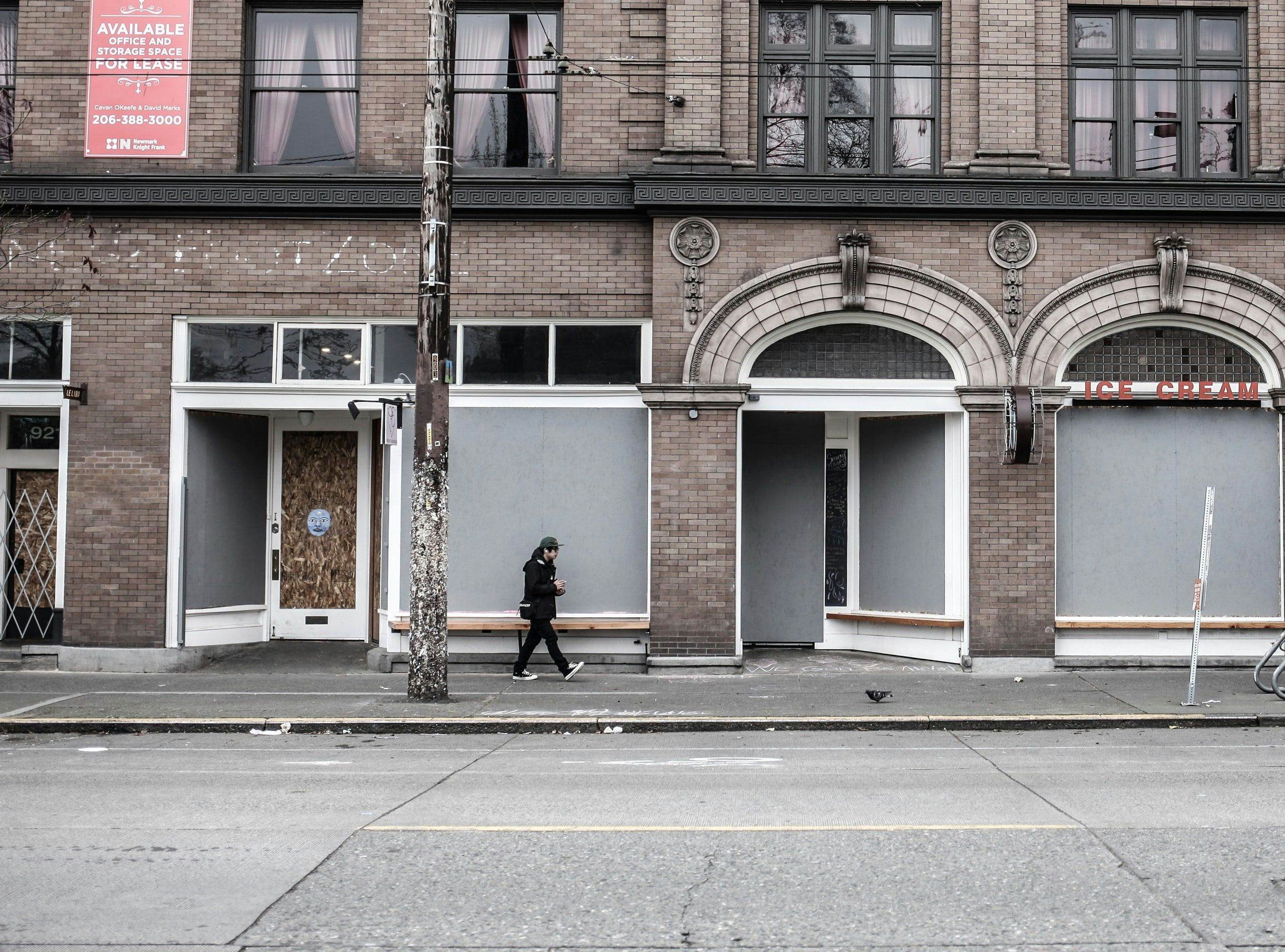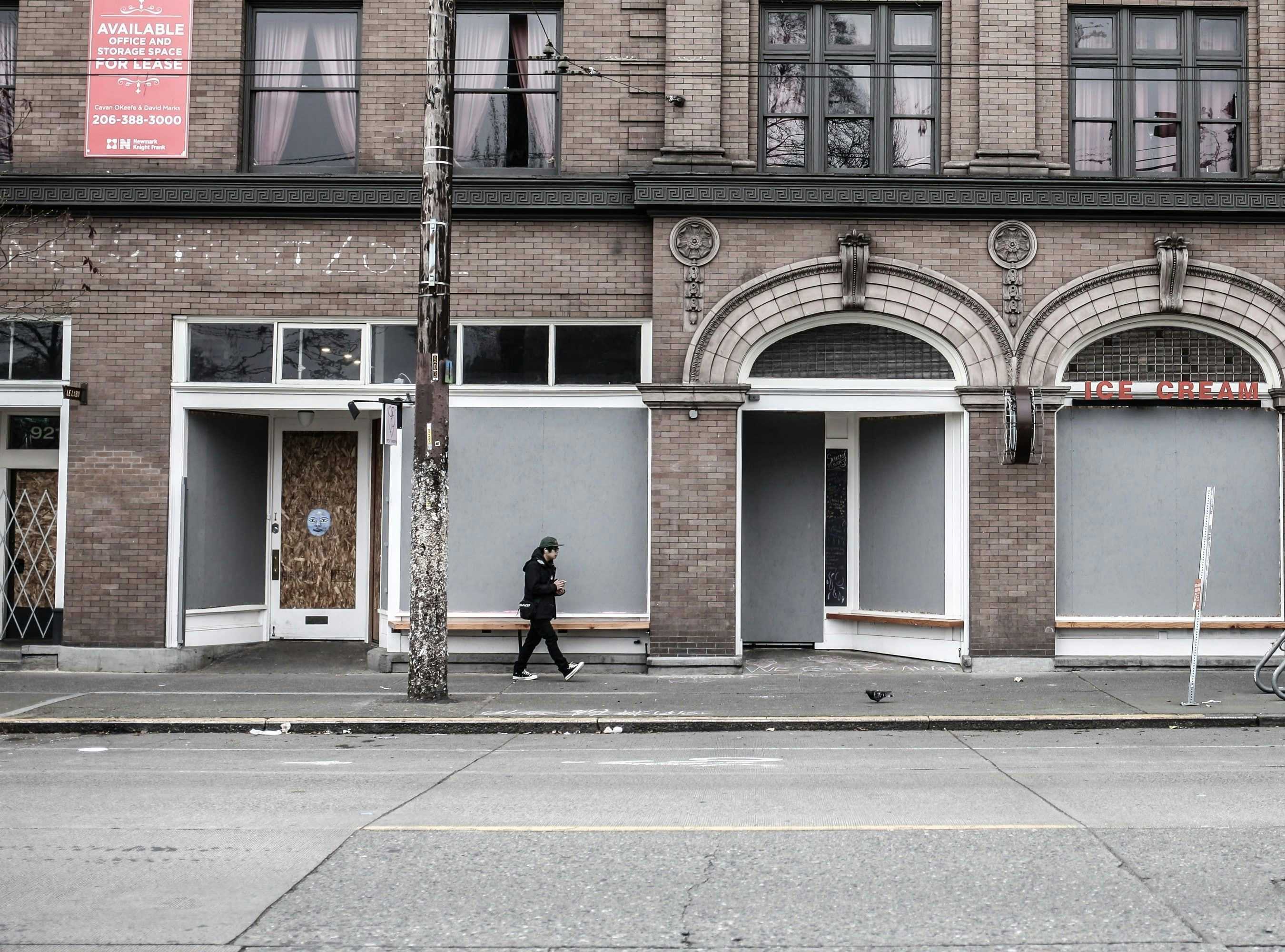On August 12, 2020, the U.S. Judicial Panel for Multidistrict Litigation denied a request for consolidation of hundreds of business interruption insurance lawsuits. Business interruption insurance litigation has been steadily rising since the onset of the pandemic when many businesses turned to their insurers as operations were forced to shutter. But upon widespread denial of these claims, business owners resorted to filing lawsuits against their insurance companies. Nationwide, over 700 business interruption insurance lawsuits have been filed against insurers including Hartford Financial Services Group, Lloyd’s London, and Society Insurance. Despite the obvious volume of suits and common legal question of whether pandemic-related business interruptions are covered by insurance policies, this latest decision from the Judicial Panel indicates that litigators must pivot from the traditional MDL approach for these unprecedented cases.
The Plaintiffs’ Case
On July 30, 2020, the U.S. Judicial Panel on Multidistrict Litigation conducted a hearing via Zoom to decide whether any of the 700 pending lawsuits against insurance companies could be consolidated into an MDL. Specifically, two motions were brought before the panel. The first was brought by plaintiffs in two Eastern District of Pennsylvania actions seeking to centralize 11 lawsuits in that district. The second motion was brought by plaintiffs seeking to consolidate 15 actions in the Northern District of Illinois.
Plaintiffs in more than 175 of these actions and related actions responded to the motions—some of which opposed centralization. The plaintiffs in support of the motion to consolidate argued that the cases would overwhelm the court system if not consolidated. They further asserted that placing each case on the same pre-trial discovery schedule would encourage efficiency and consistency.
Counsel also alternatively argued that there could be separate MDLs, consolidated by insurer and jurisdiction, and tracked to take into account relevant differences between each case. Plaintiffs in support of consolidation argued that all actions posed three common questions:
- Did the state’s various closure orders trigger cover under their insurance policies?
- What constitutes loss or damage to their property?
- Is the COVID-19 virus an exclusion to coverage?
The Defendants’ Response
The 32 defendant insurance companies opposing the motion argued that the cases did not meet the necessary requirements for consolidation. Namely, the defendants argued that each case involved different plaintiffs with their own damages claims, as well as different insurers and contractual agreements between the two. Since the claims largely relied on the local mandates that forced each business to shut down operations, each lawsuit would also need to consider the specific state laws and orders regarding quarantine procedures. Lastly, because each plaintiff’s policy claim is unique, the opposing defendants pointed to the numerous plaintiffs who opposed consolidation, such as United Policyholders.
The Judicial Panel’s Decision
On August 12, 2020, the Judicial Panel announced its decision to deny the motion to transfer and consolidate the pending proceedings. As the Panel noted, these actions are pending in 48 districts and name more than a hundred insurers as defendants. In terms of the three common questions plaintiffs cited in support of their motion, the Panel held that these questions do “share only a superficial commonality,” in that there is no common defendant because the actions involve either a single insurer or an insurer group that is operating under the same umbrella but with different names. The Panel also noted that “there is little potential for common discovery across the litigation,” because, as the defendants have argued, “these cases involve different insurance policies with different coverages, conditions, exclusions, and policy language, purchased by different businesses in different industries located in different states.” The Panel further found that these differences “would overwhelm any common factual questions.”
The Panel also held that any common questions of fact are outweighed by the substantial inconvenience and inefficiency challenges that are posed by centralizing all pending actions. The alternative proposal for smaller, state-based MDL consolidations posed the same problems, the Panel found, in that the consolidated actions would still involve different defendants with different insurance policies and coverage exclusions.
According to the Panel, the argument for insurer-specific MDLs is more persuasive. This potential structure would consolidate claims against a single insurer or group of related insurers with insurance policies that utilize the same language, endorsements, and exclusions—and as such, common discovery and pretrial motion practice. However, the Panel declined to make a ruling on insurer-based MDLs without more information and argument from both sides. The Panel issued orders for four insurers—Certain Underwriters at Lloyd’s London, Cincinnati Insurance Company, the Hartford Insurers, and Society insurance—to show cause why those actions should not be consolidated into insurer-specific MDLs. These insurers account for approximately 35% of all pending cases. The Panel will conduct a hearing on this matter on September 24, 2020.
The Future of Business Interruption Insurance Cases
Looking forward to how these business interruption suits may proceed, the Judicial Panel’s decision not to consolidate may very well cause the exact issues that consolidation seeks to avoid —extensive and disjointed discovery review and potentially inconsistent rulings between districts. As the Panel held, the case-by-case nature of each plaintiff’s loss claim and their particular policy’s coverage can certainly create separate and distinct issues that not all plaintiffs share. However, whether the particularities of each case outweighs the commonality of the main questions at issue is yet to be seen. With orders for insurers to show cause currently pending and tentative acceptance from the Panel to attempt an insurer-specific MDL route, it may be likely that plaintiffs end up receiving some form of consolidation in the near future.
But the sheer volume of business interruption insurance claims will also change the landscape in the upcoming months. The number of claims has rapidly exceeded
700 this month, with the University of Pennsylvania’s COVID Coverage Litigation Tracker estimating over 1,000 cases as of this writing. The majority of these cases stem from policies that do not mention (nor exclude) pandemic-related business interruptions, which further complicates the core questions of whether a pandemic is included in business interruption insurance coverage. Although the facts of each case are different, the main questions boil down to basic contract law. As such, there are only so many interruptions on these issues that can be made, particularly as the lawsuits grow in number and breadth.
In light of the orders to show cause pending before the Judicial Panel, and in consideration of the fact that many states are engaging in some phase of reopening, the next few months will be pivotal for the trajectory of business interruption insurance cases and potential consolidation.




